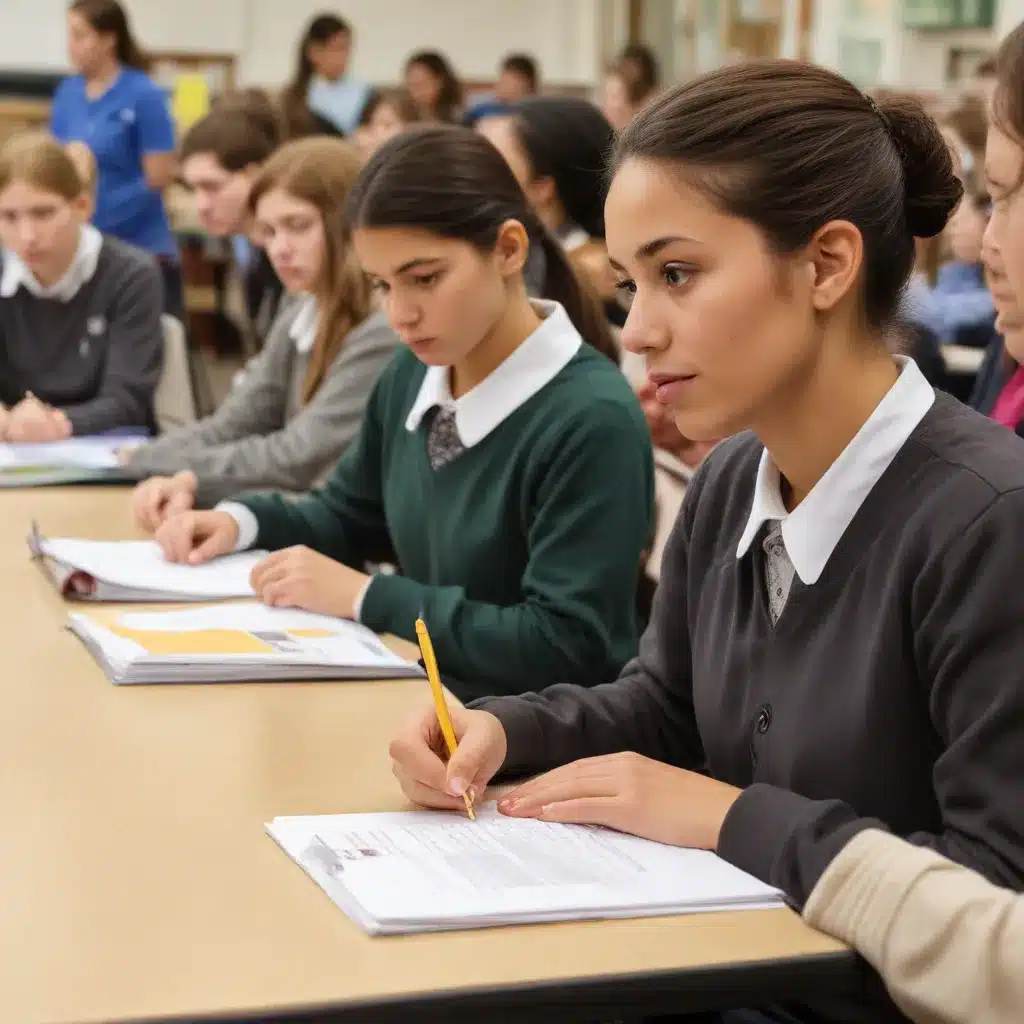
Examining the Priorities of Teachers Unions and Student Welfare
The Importance of Aligning Teachers Union Priorities and Student Needs
As an educational community, we have a responsibility to ensure that the priorities and actions of teachers unions are closely aligned with the best interests and welfare of students. Teachers unions play a critical role in advocating for fair working conditions, professional development opportunities, and equitable policies that support educators. However, it is essential that these efforts do not come at the expense of student learning and wellbeing.
This article will explore the key priorities of teachers unions, examine how these align (or conflict) with the needs of students, and provide insights into fostering a collaborative relationship between unions, educators, and the school community.
Understanding Teachers Union Priorities
Teachers unions serve as the collective voice for educators, representing their interests and advocating for their rights. Some of the core priorities of teachers unions include:
-
Competitive Compensation and Benefits: Unions negotiate salaries, health insurance, retirement plans, and other financial considerations to ensure teachers are fairly compensated for their expertise and contributions.
-
Professional Development and Training: Unions advocate for ongoing learning opportunities that allow teachers to enhance their skills and knowledge, ultimately benefiting student outcomes.
-
Workplace Conditions and Safety: Unions work to maintain safe, well-resourced learning environments that support both teachers and students.
-
Job Security and Due Process: Unions aim to protect teachers from unfair dismissal or disciplinary actions, providing them with job stability and a clear grievance process.
-
Influence on Education Policy: Unions seek to have a voice in the development and implementation of education policies that impact their members and students.
These priorities are understandable and necessary to support the teaching profession. However, challenges can arise when the pursuit of these goals comes into conflict with the needs and welfare of students.
Aligning Union Priorities with Student Needs
While teachers unions have a responsibility to advocate for their members, it is crucial that these efforts do not come at the expense of student learning and wellbeing. Let’s examine how union priorities can be aligned to better serve students:
-
Competitive Compensation and Benefits: Fair and competitive teacher salaries and benefits help attract and retain high-quality educators, which directly benefits students. However, unions must be mindful of not pursuing compensation packages that could result in reduced funding for critical educational resources and programs.
-
Professional Development and Training: Ongoing training and skill development for teachers is essential for improving instructional practices and meeting the diverse needs of students. Unions can work with school districts to ensure professional development is relevant, evidence-based, and tailored to the specific challenges faced by teachers and their students.
-
Workplace Conditions and Safety: Safe, well-equipped, and supportive learning environments are fundamental to student success. Unions can collaborate with administrators to identify and address issues related to facilities, technology, and other resources that directly impact the student experience.
-
Job Security and Due Process: While job stability is important for teachers, unions must balance this with the need for accountability and the removal of ineffective educators who are not serving the best interests of students. A fair and transparent evaluation system, coupled with meaningful professional support, can help achieve this balance.
-
Influence on Education Policy: Unions can play a constructive role in shaping education policies, but they must ensure that student-centered priorities are at the forefront. This may involve advocating for policies that promote equity, support underserved populations, and enhance learning opportunities for all students.
Fostering Collaboration and Mutual Understanding
Achieving a harmonious relationship between teachers unions, educators, and the broader school community requires a collaborative approach built on mutual understanding and respect. Here are some strategies to foster this alignment:
-
Ongoing Communication and Dialogue: Establish regular forums for open and transparent discussions between union representatives, school administrators, and other stakeholders. This will help identify areas of alignment, address concerns, and develop shared solutions.
-
Collaborative Decision-Making: Involve union leaders in the decision-making process for policies, programs, and initiatives that impact both teachers and students. This collaborative approach can lead to more informed and balanced decisions.
-
Shared Vision and Goal-Setting: Work together to develop a shared vision for student success and set specific, measurable goals that align the priorities of unions, educators, and the school community.
-
Professional Development and Training: Provide opportunities for union representatives, administrators, and teachers to participate in joint professional development activities that foster a deeper understanding of each other’s perspectives and concerns.
-
Conflict Resolution and Mediation: Establish clear and effective channels for resolving disputes and conflicts that may arise between unions, educators, and the school administration. This can help maintain a constructive dialogue and prevent escalation.
By fostering a collaborative and mutually respectful relationship, teachers unions, educators, and the school community can work together to ensure that the priorities and actions of unions directly support the welfare and success of all students.
The Importance of Student Welfare
At the heart of any educational endeavor should be the wellbeing and success of students. While teachers unions play a vital role in supporting educators, it is essential that their priorities and actions are aligned with the needs and best interests of the students they serve.
The Stanley Park High School community recognizes the critical importance of student welfare. We are committed to creating a supportive, inclusive, and nurturing environment that empowers our students to thrive academically, socially, and emotionally.
As we navigate the complex relationship between teachers unions and student needs, we will continue to prioritize open communication, collaborative decision-making, and a shared commitment to the success of all our students. By working together, we can ensure that the priorities of teachers unions and the welfare of our students are not mutually exclusive, but rather mutually reinforcing.

